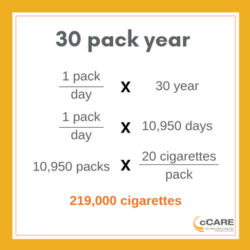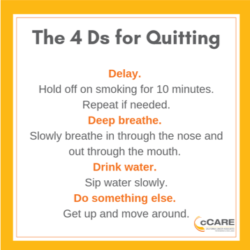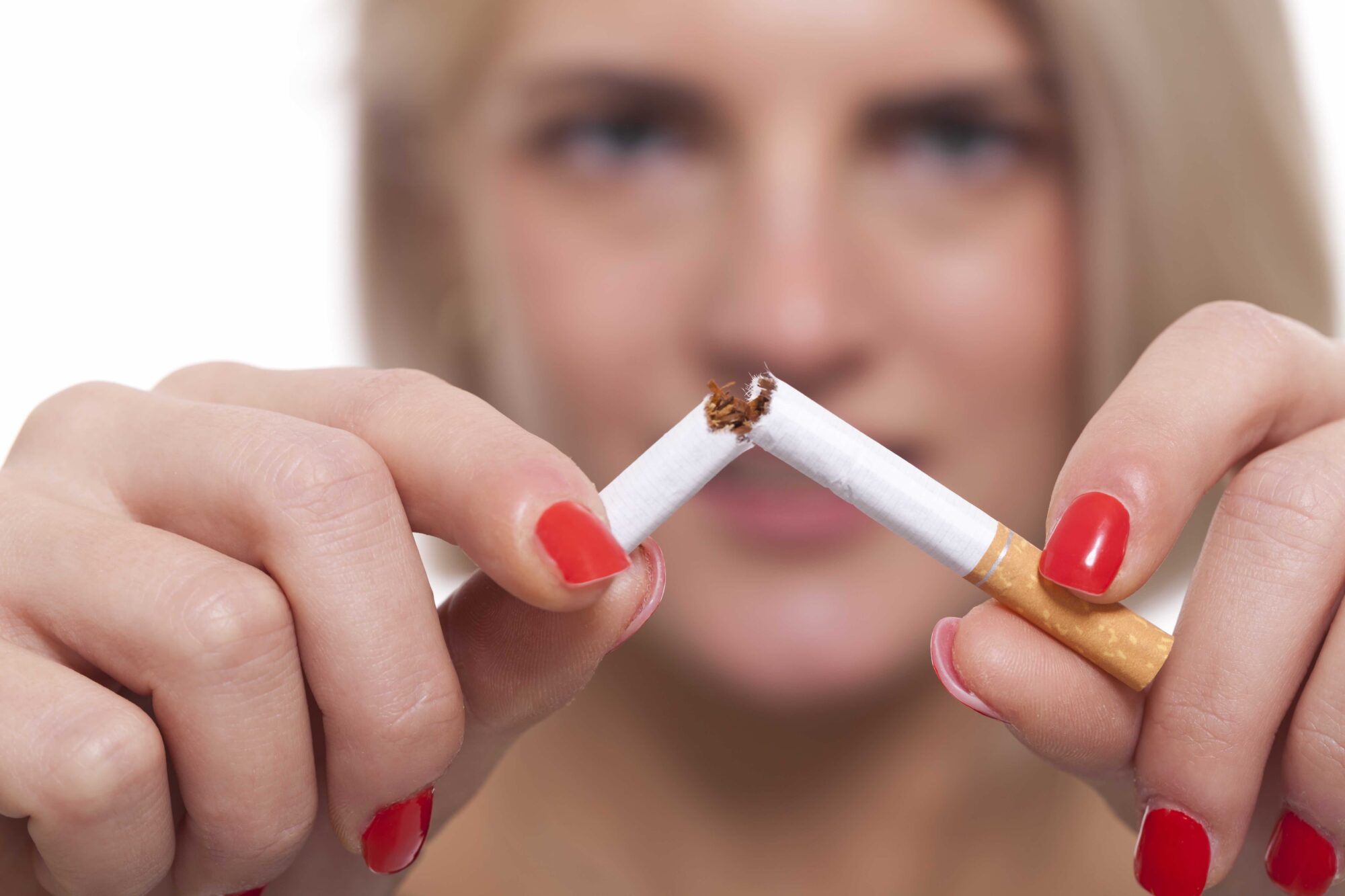Smoking causes more than 480,000 preventable deaths in the United States each year. Dr. Lamon addresses some of the common questions around smoking and cigarettes.
What is in cigarette smoke?
According to the American Lung Association, there are more than 7,000 chemicals in cigarette smoke. Of those 7,000, at least 69 are known carcinogens, or cancer causing. A few of these chemicals are found in other products that carry warning labels, like ammonia in household cleaners or arsenic in rat poison.
Smoking is the leading cause of preventable deaths in the U.S. and secondhand smoke causes more than 41,000 deaths per year.
Related Reading: What is Lung Cancer?
What is heavy smoking?

A person who smokes more than 25 cigarettes per day is considered a heavy smoker. The U.S. Preventive Services Task Force categorizes a person as a heavy smoker based on the number of “pack years” of cigarette exposure. A pack year is the number of cigarette packs smoked per year multiplied by the number of years at that rate of consumption. For instance, a person who smokes one pack of cigarettes every day for 30 years is a 30-pack year smoker.
Does vaping (e-cigarettes) put someone at risk for lung cancer?
E-cigarettes’ popularity has been on the rise in recent years, and despite not having the tar of a regular cigarette, they still contain harmful substances. E-cigarettes put nicotine into a person’s bloodstream and body.
Additionally, there are chemicals such as formaldehyde and heavy metals, like mercury and lead, that are in the heated vapor of e-cigarettes. There are also particles that can lodge in the lung tissue. Chemicals in the flavorings, such as diacetyl, can cause airway inflammation.
Regardless of inhaling lower quantities of chemicals than a traditional cigarette, vapes and e-cigarettes are still harmful.
Preventive lung cancer screening program at cCARE
As oncologists, we unfortunately often see patients whose diagnosis of lung cancer occurred too late for it to be cured. To make a difference, cCARE believes that we need to increase our efforts to identify the disease early.
Who should be screened?
Ages 55-74 with current heavy tobacco use.
More than 30 packs per year within the past 15 years, current or recent use.
Age >50 with a 20 pack per year history of smoking with one of several additional risk factors for lung cancer such as family history, asbestos exposure, etc.
Does pipe tobacco or cigar smoke have the same lung cancer risk as cigarette smoke?
Cigar and pipe tobacco smokers typically don’t inhale the smoke, as a result, they have lower rates of lung cancer. However, they still have a higher rate of lung cancer than nonsmokers. Cigar smoking can also cause cancer of the esophagus, larynx and oral cavity.
Cigar and pipe smoke contain the same toxic and cancer-causing chemicals as cigarette smoke. At least 250 of those chemicals are known to be harmful (and 69 can cause cancer).
Some of these cancer-causing chemicals include:
- Acetaldehyde.
- Aromatic amines.
- Arsenic.
- Benzene.
- Beryllium (a toxic metal).
- 1,3–Butadiene (a hazardous gas).
- Cadmium (a toxic metal).
- Chromium (a metallic element).
- Cumene.
- Ethylene oxide.
- Formaldehyde.
- Nickel (a metallic element).
- Polonium-210 (a radioactive chemical element).
- Polycyclic aromatic hydrocarbons (PAHs).
- Tobacco-specific nitrosamines.
- Vinyl chloride.
Is inhaled cannabis (smoking marijuana) a lung cancer risk?
As marijuana becomes legal in more states, there is more research into the link between smoking marijuana and lung cancer. Currently, there is no conclusive evidence to connect the two.
Many of the same harmful substances in marijuana smoke are also found in a traditional cigarette. Some of these chemicals include benzopyrene, benzanthracene, nitrosamines, phenols and vinyl chlorides.
Related Reading: Lung Cancer Treatment Prolongs Carole’s Life & Gives Her Hope
How can a person quit smoking?

From the American Cancer Society to the National Institutes of Health’s Smokefree, there are many resources available to help a smoker quit. The first step is deciding to quit. While this may seem simple, it is a very personal choice for someone to make – no one else can make a person quit.
Many people find that having a quit plan is a valuable resource in the process. This can include choosing a Quit Day, finding nicotine replacement therapies and identifying support networks. Support through the difficult days can give a person help and encouragement while keeping on the path to quitting for good.
Some other tips for quitting smoking include staying busy, avoiding smoking triggers, staying focused and positive, reaching out for support and managing stress.
Contact us now

